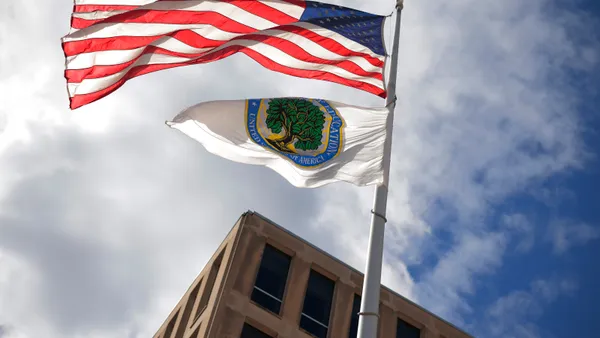Dive Brief:
- In Virginia, teachers left the profession after the 2020-21 school year at a rate 12% higher than the average teacher exit rate before the pandemic, signifying a growing gap between the number of teachers leaving and entering the profession, according to a report released by the state’s Joint Legislative Audit and Review Commission.
- The number of teachers leaving the workforce in Virginia rose from its pre-pandemic average of 9,753 to 10,900 after the 2020-21 school year. Meanwhile, teaching licenses issued to new educators dropped by 15% in the 2021-22 school year compared to the pre-pandemic average, according to the commission.
- In 2021-22, 9.5% of teachers statewide were teaching with a provisional license, an increase from 7.7% of Virginia teachers before the pandemic. This nonrenewable license can last up to three years and does not require completion of any teacher preparation courses.
Dive Insight:
While the latest teacher vacancy data is not available for the 2021-22 school year, the most recent statewide data alludes to COVID-19’s impact on teacher shortages in Virginia and beyond.
The report found statewide enrollment in teacher preparation programs dropped 32% between 2011 and 2020, while graduation from these programs fell by 19%.
To address ongoing teacher shortage concerns, Virginia Gov. Glenn Youngkin issued an executive directive in September addressing both short- and long-term solutions.
The governor ordered a focus on “additional legislative proposals to reduce red tape associated with teacher licensure, while ensuring high standards” to recruit and retain teachers.
Loosening qualifications as a solution to teacher shortages is a major concern for some education leaders.
James Fedderman, president of the Virginia Education Association, said in a previous statement that Youngkin’s directive lacked solutions that would “really move the needle on the issue,” such as paying teachers competitive salaries.
States also need more support from the federal government to address teacher shortages, according to an October report from the U.S. Government Accountability Office. The report called for the U.S. Department of Education to collect and share resources to address the issue, in addition to communicating timeframes, milestones and performance measures to better understand if progress is being made.














